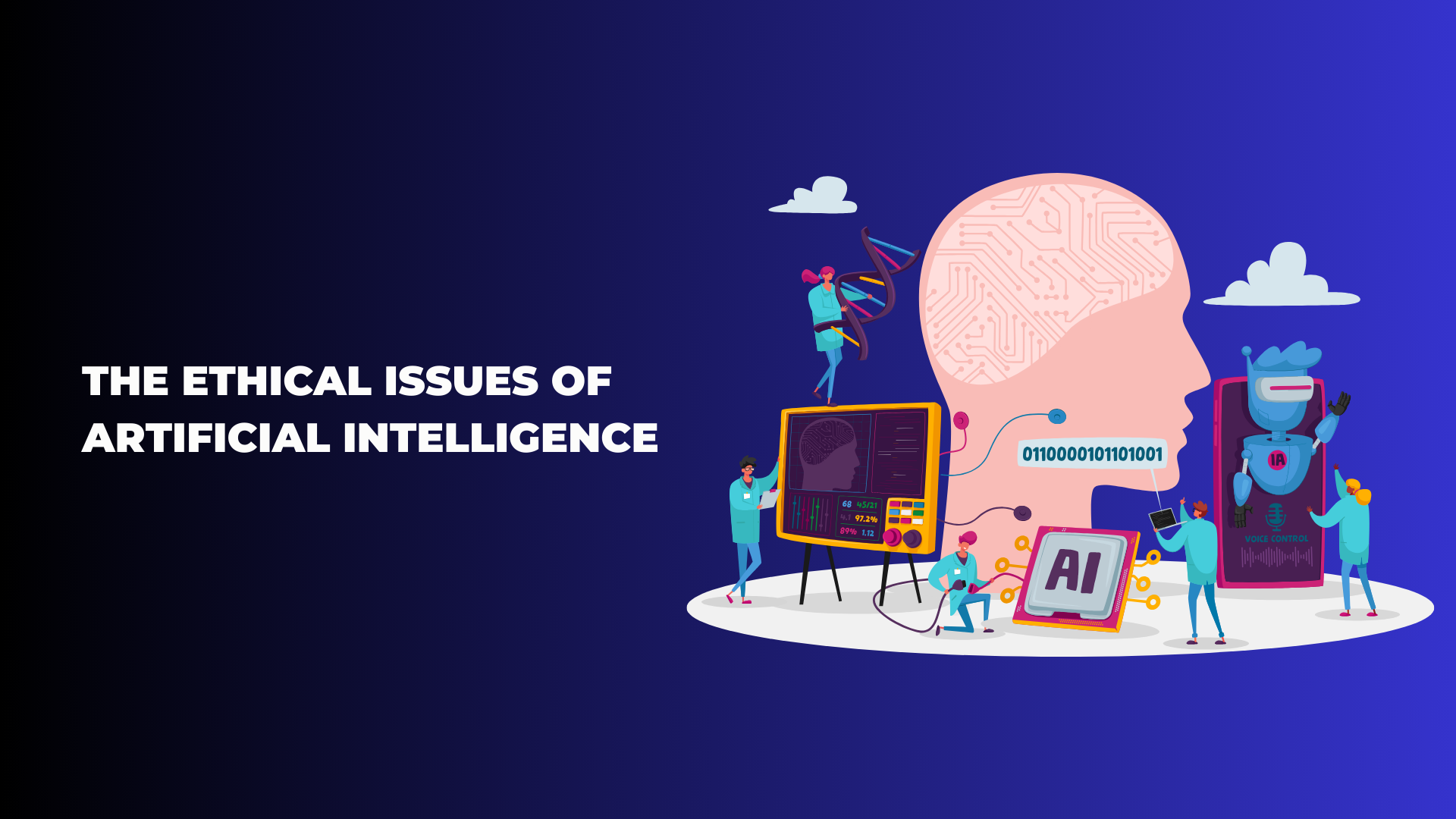Does AI Truly Learn? The Reality Of Artificial Intelligence And Ethical Use

Table of Contents
Understanding AI Learning: More Than Just Algorithms
The term "AI learning" often sparks images of sentient machines, but the reality is more nuanced. It's crucial to distinguish between machine learning (ML) and true learning as understood by humans.
-
Machine learning relies on pattern recognition and statistical analysis of vast datasets. Algorithms identify correlations and make predictions based on the data they've processed. Think of spam filters learning to identify junk mail based on patterns in previous emails.
-
True learning, on the other hand, involves understanding, adaptation, and generalization in novel situations – something current AI lacks. True learning implies comprehension, contextual awareness, and the ability to apply knowledge to entirely new scenarios, not just extrapolating from existing patterns.
-
AI's apparent learning is showcased in various applications:
- Image recognition: AI systems can identify objects, faces, and scenes with remarkable accuracy, seemingly "learning" visual patterns.
- Natural language processing (NLP): AI powers chatbots and language translation tools, demonstrating an ability to process and generate human language, mimicking aspects of learning.
However, it's vital to understand the difference between "narrow" or "weak" AI and "general" or "strong" AI:
-
Narrow AI excels in specific tasks, like playing chess or recommending products. Current AI falls predominantly into this category.
-
General AI, possessing human-level intelligence and the capacity for true learning across various domains, remains largely hypothetical. Creating general AI is a significant challenge, and its potential implications are a subject of ongoing debate.
The Mechanisms of AI Learning: Data, Algorithms, and Bias
AI learning hinges on three key elements: data, algorithms, and the unavoidable issue of bias.
-
Big data fuels AI systems. Algorithms learn from massive datasets; the quality, quantity, and representativeness of this data directly impact the AI's performance and accuracy. More data doesn't automatically equate to better AI; the data needs to be relevant and unbiased.
-
Data bias is a significant concern. If the data used to train an AI system reflects existing societal biases (e.g., gender, racial), the AI will likely perpetuate and even amplify these biases in its outputs.
- Examples of bias in AI: Facial recognition systems showing higher error rates for people of color, loan application algorithms discriminating against certain demographic groups.
-
Various AI learning techniques exist:
- Supervised learning: The algorithm learns from labeled data, where inputs are paired with corresponding outputs (e.g., image classification).
- Unsupervised learning: The algorithm identifies patterns and structures in unlabeled data (e.g., customer segmentation).
- Reinforcement learning: The algorithm learns through trial and error, receiving rewards or penalties for its actions (e.g., game playing).
Ethical Implications of AI Learning: Responsibility and Accountability
The increasing sophistication of AI learning raises critical ethical questions.
-
AI bias and discrimination pose a serious threat. Biased AI systems can perpetuate and exacerbate social inequalities, impacting areas like criminal justice, healthcare, and employment. Fairness, transparency, and accountability are crucial for mitigating these risks. Potential solutions include algorithmic auditing, the use of more diverse datasets, and the establishment of robust ethical guidelines.
-
Job displacement is another key concern. The automation potential of advanced AI could lead to significant job losses in various sectors. Addressing this requires proactive measures like reskilling and upskilling initiatives to prepare the workforce for the changing job market. However, AI also offers potential benefits, such as automating dangerous or repetitive tasks and improving healthcare through advanced diagnostics and personalized treatments.
-
The potential for misuse of AI is a major concern. Autonomous weapons systems, for example, raise profound ethical and security dilemmas, highlighting the need for international cooperation and the development of strong ethical frameworks to govern the development and deployment of AI.
Conclusion: The Future of AI Learning and Ethical Considerations
While AI demonstrates impressive capabilities in pattern recognition and task automation, it does not currently exhibit true learning in the human sense. The development and deployment of AI systems require careful consideration of ethical implications, including bias, accountability, and societal impact. Addressing these concerns proactively is crucial for ensuring a beneficial future with AI.
Call to Action: Understanding the limitations and ethical considerations of AI learning is paramount. Let's engage in thoughtful discussions about the responsible development and deployment of AI to harness its potential while mitigating its risks. Continue learning about the evolving landscape of artificial intelligence and its ethical implications. Learn more about the responsible use of AI and contribute to shaping a future where AI benefits all of humanity.

Featured Posts
-
 Vatican City To Host Giro D Italia Cyclists Pope Leo Xivs Expected Greeting
May 31, 2025
Vatican City To Host Giro D Italia Cyclists Pope Leo Xivs Expected Greeting
May 31, 2025 -
 Hangtown Motocross Chase Sextons Injury And The Implications
May 31, 2025
Hangtown Motocross Chase Sextons Injury And The Implications
May 31, 2025 -
 The Good Life Checklist Are You Living Your Best Life
May 31, 2025
The Good Life Checklist Are You Living Your Best Life
May 31, 2025 -
 Rising Covid 19 Cases A New Variants Potential Role Says Who
May 31, 2025
Rising Covid 19 Cases A New Variants Potential Role Says Who
May 31, 2025 -
 Guelsen Bubikoglu Nun Tuerker Inanoglu Paylasimi Detaylar Ve Tepkiler
May 31, 2025
Guelsen Bubikoglu Nun Tuerker Inanoglu Paylasimi Detaylar Ve Tepkiler
May 31, 2025
